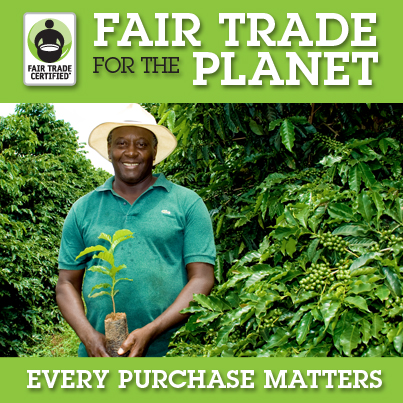It’s common knowledge that the United States is using economic sanctions as means of preventing Iran from acquiring nuclear weapons. However this article describes how the US is hurting innocent civilians more than the regime. As food prices grow out of control, riots were prompted and instability spreads throughout the country.
I believe that sanctions does more harm than good, as these sanctions may only fuel anti-American sentiments, backfiring its original purpose. Furthermore, many hopes and dreams were crushed due to the sanctions, such as the supermarket clerk Akbar Mohebi, who had to cancel his son’s studying abroad due to the sanctions. I also agree with the article that it is quite unfair to the nation’s 75 million people that they have to carry the burden of the regime’s decision to develop nuclear weapons. 



